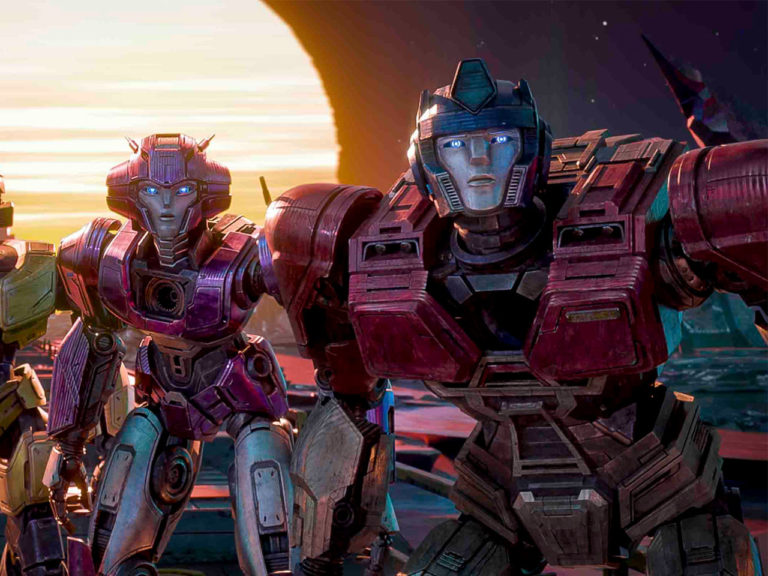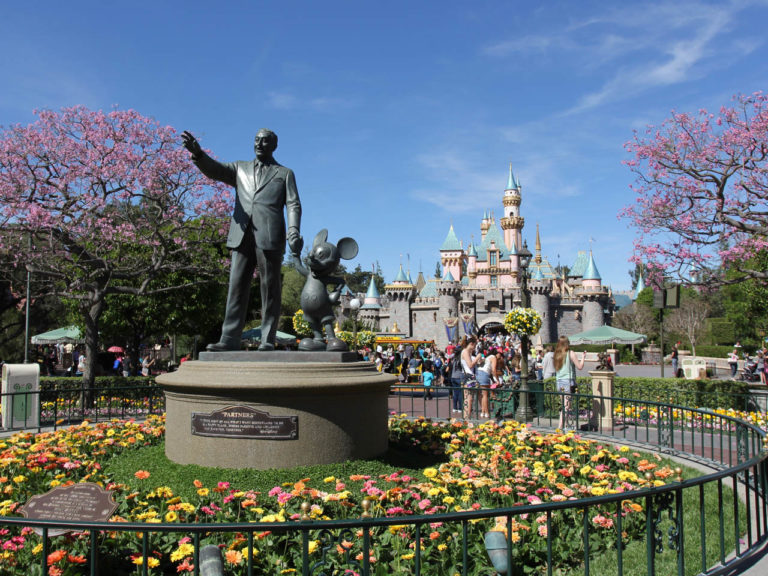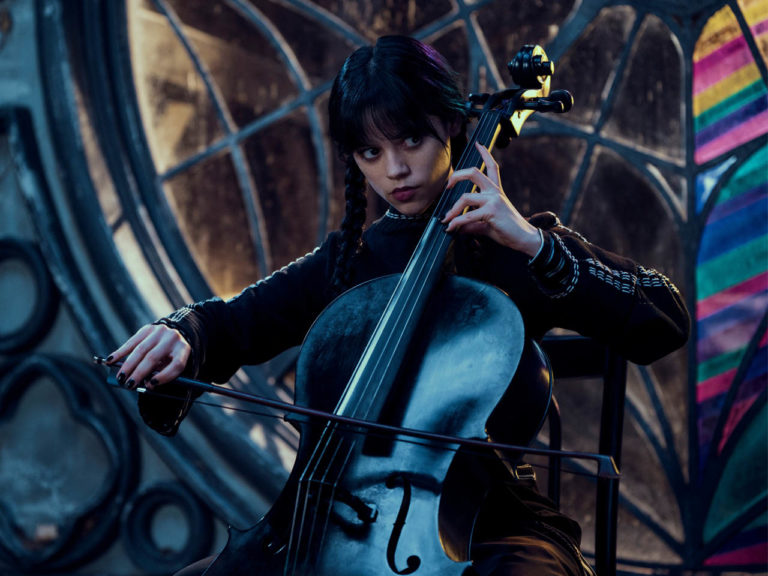
On July 20, 2012, The Dark Knight Rises, the long-awaited conclusion of Christopher Nolan’s Batman trilogy, finally hit theaters. To say that it was highly anticipated was an understatement, to be sure, as it followed one of the most critically, commercially, and financially successful movies of all time. Rumors and fan speculation were rampant in the four years between The Dark Knight and The Dark Knight Rises, ranging from Hugo Strange and Riddler being the film’s villains, Robin Williams being considered to play Strange, and Joseph Gordon-Levitt being tapped to portray Alberto Falcone. That’s not to mention the hypotheticals regarding the plot, particularly if and how the story would handle the Joker after Heath Ledger’s unfortunate passing.
Over time, pieces started coming together, painting a picture of what the final chapter of “The Nolan Trilogy” would end up looking like: a sprawling epic that would deal with the aftermath of The Dark Knight‘s finale, taking elements from stories like Knightfall and No Man’s Land, with the villainous Bane the latest– and possibly final– villain to cross this version of Batman. All of the major players in the cast would return, with series newcomers like Tom Hardy, Anne Hathaway, Marion Cotillard, Joseph Gordon-Levitt, and Ben Mendelsohn joining the fray. Upon its release, The Dark Knight Rises was a bonafide hit, with positive reception from both audiences and critics, and it made a mint to boot, earning over a billion dollars at the global box office.
Somehow, it has been ten years since this film premiered, even though in some ways it feels like it just came out yesterday.

But has time been kind to the film?
Having rewatched it recently, it’s… pretty good. It did not– and could not– reach the heights of its predecessors, and has some glaring flaws that keep it from true greatness. It might be lacking as a “definitive Batman story,” given its time jump after the previous film and Bruce’s desire to hang up the cowl for good, but it fits thematically as the de facto conclusion to this particular story. Knowing that Christopher Nolan and his brother Jonathan were inspired by A Tale of Two Cities, it’s easy to see the story as an exaggerated legend as opposed to a truly straightforward narrative. That doesn’t totally excuse the story’s weaknesses, mind you, but it does help to better understand their intent.
What’s most telling about The Dark Knight Rises‘ legacy is how little of a cultural footprint it has any more. Not to say that constant references and thinkpieces and what have you are the only indicator of a film’s success, but it hasn’t stood on its own as well as its predecessors. It was a massively successful movie that practically everyone went to see, but where Batman Begins and The Dark Knight are still being discussed in depth to this day, Rises is brought up more in association with the other two films rather than on its own merits.

Just look at the vehicles from each film: everyone remembers the Tumbler from Batman Begins, and the Batpod from The Dark Knight is just as popular as its four-wheeled counterpart. The Dark Knight Rises gave us another new vehicle with the Bat, which should have been awesome, but instead it just looked like a floating Tumbler. There have been tons of Batmobiles throughout the years, and the Tumbler has a decent chance of popping into someone’s head when you ask about Batman’s cinematic vehicles, but chances are that if you say “think of a Batman vehicle that flies,” most people will picture the Batwing from 1989’s Batman. The Bat just wasn’t that memorable, all be told.
If any one element of the movie has persisted in popular culture, it’s Tom Hardy’s Bane. Endlessly referenced and parodied, and with elements that made their way into cosplay circles, comic books, and even The LEGO Batman Movie and the Harley Quinn series, it was a big, bombastic performance in all the best ways. Hardy always commits everything to his roles, and he made this very unique take on Bane very entertaining.

Marion Cotillard’s “Miranda Tate” has had a bit of a reputation as well, but for all the wrong reasons. Her performance is generally good, save for one widely-maligned scene toward the end of the film, and she does some solid work with the somewhat underwritten material. It’s the one-two punch of her “needed another take” death scene and her character’s true identity being the world’s worst kept secret that brought the portrayal down.
Conversely, Anne Hathaway— who originally thought she was auditioning to play Harley Quinn– turned in a fantastic performance as Selina Kyle, yet she hardly gets brought up outside of “rank the best Catwoman” posts. Go back and watch the scene in the bar where she hands over the sleazy politician’s cell phone to see how great she was: she’s sultry one moment, and then turns on a dime to play up the “victimized damsel in distress.”
The way she looks back after her screaming fit? Brilliance.
She and Christian Bale had some really strong chemistry too, particularly when they fought side by side as Batman and Catwoman. While Zoë Kravitz’s arc in this year’s The Batman had more substance to it than Hathaway’s, making her perhaps the most rounded and complex onscreen Catwoman, Hathaway still turned in one of the best performances in a movie that was full of mostly great performances.
Mostly. Because Joseph Gordon-Levitt’s Robin John Blake is the one element from the film that has aged the worst. You could generously say he’s a composite character, meant to fill the role that Robin and Batman’s other allies typically fill in the comics, but that’s a stretch. Gordon-Levitt is a very good actor, and generally likable, but Blake just comes across as smug and uninteresting. Too much of the film’s runtime focuses on him, when it could have been used to give Hathaway more screentime, or to flesh out Gary Oldman’s sadly shortchanged Jim Gordon, who was one of the most interesting characters in the other two films. And as for the revelation of his first name? I’m still rolling my eyes, a decade later.
Aside from that, the cast and performances are pretty stellar, and the movie itself has some great scenes. The first fight between Batman and Bane is positively brutal, with the lack of a score and the brilliant choreography emphasizing each bone-cracking blow. Wally Pfister’s cinematography is as gorgeous as ever too, making even nonsensical scenes like the flaming Bat logo on the bridge pop.

And while Nolan’s reach exceeded his grasp with some of the social commentaries he was trying to include, the movie at least tried to be about something. There are some really good ideas in there about class warfare and inequality, even if they’re just surface level.
The reception and legacy of the film can and will differ from person to person, of course, but I think the most telling thing about The Dark Knight Rises is the rewatchability factor. I will gladly pop in Batman Begins or The Dark Knight and watch them at any time, without feeling like I have to commit to the entire trilogy. Rises, on the other hand, doesn’t stand on its own as a movie, as it’s too dependent on the other two. If I’m in the mood to watch all three, then I’ll gladly do so, but I never think “I really want to watch The Dark Knight Rises and only The Dark Knight Rises.”
Over time, I’ve contextualized each of Nolan’s films based on their apparent intents: Batman Begins is Nolan’s take on a superhero picture; The Dark Knight is his take on a Batman crime film; and The Dark Knight Rises is more symbolic, the legend that Gotham’s citizens will tell of the Batman after many years have passed.
For The Dark Knight Rises, maybe it’s time we start telling that legend ourselves.


